Flowers have always been more than just beautiful objects; they serve as powerful symbols in various cultures around the world. The practice of using flowers to convey messages, emotions, and meanings dates back centuries and continues to play a significant role in many traditions today. Here’s a look at how different cultures use flowers to communicate and the symbolic meanings behind some popular blooms.
Roses: Symbols of Love and Respect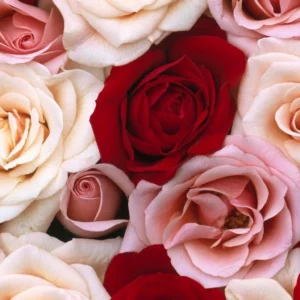
In Western cultures, roses are universally associated with love. The color of the rose carries specific meanings: red for passionate love, white for purity and new beginnings, and yellow for friendship. This symbolic language is often used in ceremonies, from romantic proposals to funerals, reflecting a wide range of emotions and intentions.
Lotuses: Purity and Enlightenment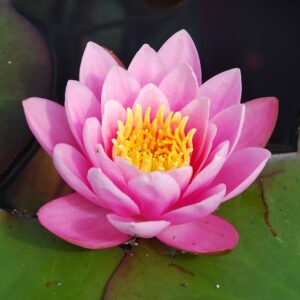
In Hinduism and Buddhism, the lotus flower is a symbol of purity, enlightenment, and rebirth. It emerges clean and untainted from muddy waters, representing spiritual awakening and the journey from ignorance to enlightenment. The lotus is prominently featured in religious art and rituals, embodying the spiritual journey of the soul.
Cherry Blossoms: The Beauty of Impermanence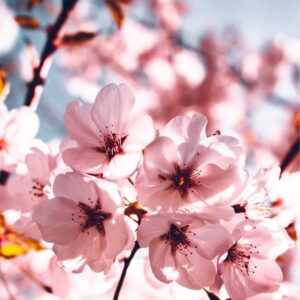
In Japan, cherry blossoms, or sakura, are celebrated during the annual Hanami festival. These delicate flowers symbolize the fleeting nature of life, beauty, and the transient nature of existence. Their brief blooming period is a poignant reminder of the beauty in impermanence and the importance of appreciating the present moment.
Marigolds: Festivals and the Afterlife
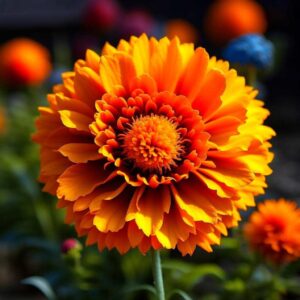
In Mexican culture, marigolds are a central feature of Día de los Muertos (Day of the Dead) celebrations. These vibrant flowers are believed to guide the spirits of the deceased back to the world of the living. Their bright colors and strong fragrance are thought to attract and honor those who have passed away, making them a vital part of the festival’s rituals.
Lavender: Calm and Healing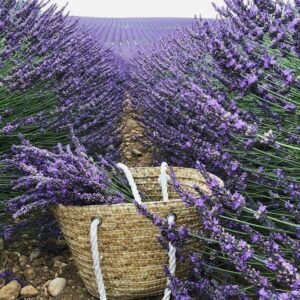
Lavender is widely recognized in various cultures as a symbol of calm and healing. In Europe, it has been used in medicine and rituals for centuries due to its soothing properties. Its fragrance is associated with relaxation and tranquility, and it is often used in aromatherapy and healing practices.
Flowers, with their diverse colors, shapes, and scents, serve as a universal language of emotions and meanings across cultures. Whether conveying love, purity, impermanence, or remembrance, each bloom carries its own unique significance. Understanding the language of flowers enriches our appreciation of their role in cultural practices and personal expressions of sentiment.
